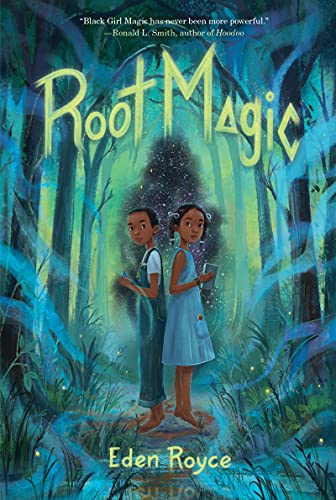hen a racist police officer threatens Jezebel’s family, they’ll need all the magic they can get.
Eden Royce’s “Root Magic” is a powerful story that weaves Gullah Geechee traditions (a creole culture and language rooted in West African traditions) with historical fiction. Set in 1963 South Carolina, the novel follows eleven-year-old Jezebel and her twin brother, Jay, as they grapple with their grandmother’s death and begin learning their family’s ancestral practice of rootwork. Their uncle Doc trains them in folk magic to protect their family from supernatural threats like haints and boo-hags, while also confronting real-world dangers: a racist deputy targets their community, and school integration introduces tension with mainland Black students. Jez’s journey intertwines her growing magical confidence with her struggle to navigate friendships, family loyalty, and systemic prejudice. Royce’s vivid portrayal of Gullah culture and the eerie Lowcountry landscape creates an immersive coming-of-age story that balances resilience with vulnerability.
This book shines as a teaching tool for SDG 10: Reduced Inequalities, particularly for grades 5–8. Jez’s experiences facing harassment by authorities and navigating cultural erasure in integrated schools offer concrete examples of structural inequities. Educators can use these moments to discuss how racism and classism intersect, comparing historical injustices to modern parallels. Jez becomes Open-minded as she gains a deepening respect for her heritage and her willingness to challenge stereotypes about rootwork.
Consider pairing this novel with a unit on oral traditions or Gullah history, inviting students to research how marginalized communities preserve cultural practices. Classroom debates about the deputy’s abuse of power could spark critical thinking about systemic change, and connections to modern-day inequalities. Royce’s nuanced storytelling invites students to reflect on how embracing diverse perspectives fosters empathy; and how courage can redefine strength in the face of inequality.

